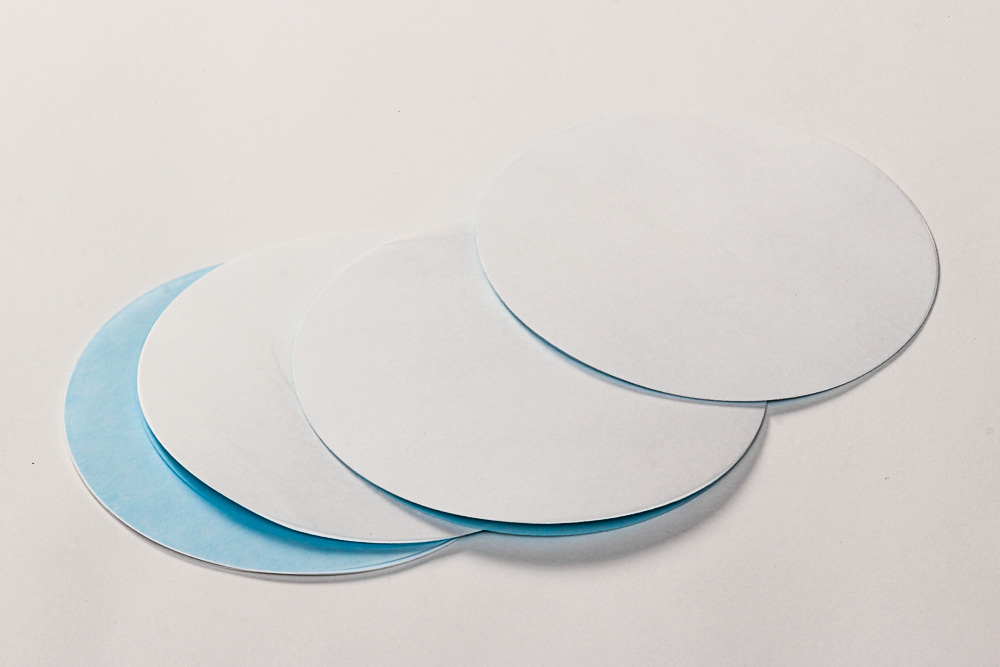Filter Membrane Materials for Microbiology and their Applications
Posted by Maxi Scientific on May 23rd 2023
Welcome, science enthusiasts and avid microbiologists, to the vibrant realm of filter membranes! In the vast field of microbiology, filter membranes play a crucial role in separating and analyzing microscopic organisms. These remarkable membranes have revolutionized research, enabling us to delve deeper into the microbial world. So, let's embark on a journey through the diverse types of filter membranes used in microbiology, and discover the wonders they bring to this captivating field.
1. Cellulose Nitrate Membranes:
We begin our exploration with the classic cellulose nitrate membranes. Renowned for their versatility and affordability, these membranes are commonly used in microbiology laboratories worldwide. The porous structure of cellulose nitrate allows for effective filtration, capturing bacteria, fungi, and other microorganisms. Their compatibility with various staining techniques further enhances their usefulness in microbiological analyses.
2. Polyvinylidene Difluoride (PVDF) Membranes:
Next up, we have the robust and chemically resistant PVDF membranes. These membranes excel in applications that require durability and resistance to aggressive solvents, making them ideal for challenging filtration tasks. The hydrophobic nature of PVDF membranes prevents the absorption of aqueous samples, ensuring high recovery rates for target microorganisms. Their reliability and superior flow rates make them an invaluable asset in critical microbiological research.
3. Polyethersulfone (PES) Membranes:
Now, let's explore the versatility of PES membranes, highly regarded for their exceptional performance in microbiology. These membranes boast excellent chemical resistance and high thermal stability, enabling sterilization through autoclaving. Their low protein-binding characteristics make them ideal for applications involving protein analysis and enzyme assays. PES membranes are widely utilized in both sterile filtration and clarification processes, paving the way for precise microbiological investigations.
4. Nylon Membranes:
In the realm of microbiology, nylon membranes take the stage as reliable filters with superior compatibility. Renowned for their broad chemical resistance, these membranes can withstand a wide range of solvents and aggressive solutions. The uniform pore size distribution of nylon membranes ensures consistent filtration, while their hydrophilic nature allows for efficient sample recovery. With their versatility, nylon membranes have become a staple in molecular biology techniques such as nucleic acid hybridization and Southern blotting.
5. Polycarbonate (PC) Membranes:
Our journey through filter membranes brings us to the world of polycarbonate, where these membranes offer exceptional durability and precise pore size control. PC membranes are renowned for their ability to withstand harsh chemical and thermal conditions, making them suitable for demanding microbiological applications. With their precise pore sizes, PC membranes are often employed in bacterial counting, particle analysis, and electron microscopy studies. These membranes allow for accurate separation and identification of microorganisms, empowering researchers in their quest for knowledge.
6. Mixed Cellulose Ester (MCE) Membrane Filters:
Within the realm of microbiology filter membranes, the Mixed Cellulose Ester (MCE) membranes hold a prominent place. These membranes are composed of a mixture of cellulose acetate and cellulose nitrate, offering a balance between the advantages of both materials. MCE membranes are widely recognized for their exceptional chemical compatibility and high flow rates, making them suitable for a diverse range of microbiological applications.
The inherent hydrophilicity of MCE membranes allows for efficient wetting and reduces the chance of air bubble formation, ensuring consistent filtration results. Their low protein-binding properties are particularly advantageous in applications involving protein samples, where minimal adsorption is critical for accurate analysis.
MCE membrane filters come in various pore sizes, enabling researchers to select the appropriate membrane for specific filtration needs. These membranes are commonly employed in environmental monitoring, water analysis, and air quality testing, as they effectively capture microorganisms while maintaining optimal flow rates.
Additionally, MCE membranes are compatible with a wide range of staining techniques, facilitating subsequent microscopy examinations and microbial identification. Their transparency and low background interference enable researchers to visualize and analyze microorganisms with precision and clarity.
Moreover, MCE membranes offer excellent thermal resistance, allowing for autoclaving and sterilization without compromising their filtration properties. This feature is particularly valuable in applications requiring strict aseptic conditions.
In summary, MCE membrane filters stand out for their versatility, hydrophilicity, and compatibility with various microbiological analyses. Their ability to deliver reliable filtration results, combined with their chemical resistance and ease of use, makes them an indispensable tool in microbiology laboratories and research settings.

